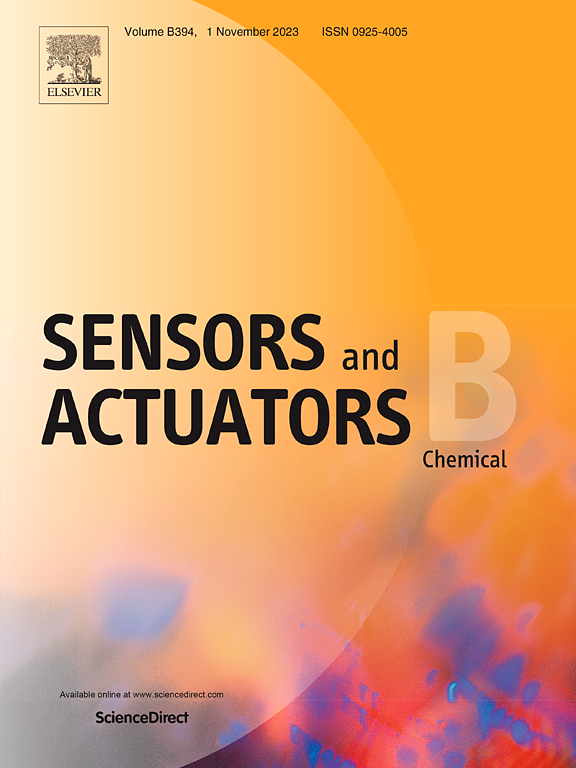机器学习增强拉曼光谱在低信噪比下快速检测纳米塑料
IF 8
1区 化学
Q1 CHEMISTRY, ANALYTICAL
引用次数: 0
摘要
拉曼光谱被广泛用于识别微塑料等物质。随着尺寸减小到纳米塑料,它们的数量预计会增加,这使得确定有多少样品可以快速准确地分析变得至关重要。然而,在分析速度和信噪比(SNR)之间总是存在权衡。获得低信噪比很容易,但这样的光谱降低了识别的可靠性,而实现准确识别所需的高信噪比不可避免地需要更长的分析时间。随着人工智能的增强,这些挑战可以被克服。在实践中,建立一个标记良好的低信噪比数据库对于基于人工智能的准确物质鉴定至关重要。在这项研究中,我们开发了一种系统的机器学习方法来解决这个问题。为了解决这个问题,我们通过在极短的曝光时间内平均大量低信噪比光谱来增强拉曼光谱数据库,从而生成具有宽信噪比范围的数据库。从这样一个广泛的数据库中,我们通过使用无监督聚类方法(包括自动编码器、PCA和DBSCAN)的组合,有效地将噪声与信号区分开来。然后将这些滤波后的信号用于训练双卷积神经网络技术,并通过位置编码和多头部注意进行增强,即使在非常短的拉曼测量时间(0.001 s)下,也能以接近2的信噪比实现99.29%(±0.58%)的光谱分类准确率。这种方法可以快速分析纳米塑料和其他低浓度物质,减少硬件要求,并在生物加工和食品分析等领域具有广泛的应用。此外,该方法可以扩展到其他光谱方法,在数据有限的环境中加速数据处理。本文章由计算机程序翻译,如有差异,请以英文原文为准。

Machine Learning-Enhanced Raman Spectroscopy for Fast Nanoplastic Detection at Low SNR
Raman spectroscopy is widely used to identify substances such as microplastics. As the size decreases to nanoplastics, their numbers are expected to increase, making it crucial to determine how many samples can be analyzed quickly and accurately. However, there is always a trade-off between analysis speed and the signal-to-noise ratio (SNR). Obtaining a low SNR is easy, but such spectra have reduced reliability for identification, while achieving a high SNR necessary for accurate identification inevitably requires longer analysis times. With enhanced artificial intelligence, these challenges can be overcome. In practice, establishing a well-labeled low SNR database is crucial for accurate AI-based substance identification. In this study, we have developed a systematic machine-learning approach to address this issue. To address this, we augmented Raman spectral databases by averaging numerous low-SNR spectra acquired over extremely short exposure times, thereby generating databases with broad SNR ranges. From such a broad database, we effectively distinguished noise from signals by using a combination of unsupervised clustering methods—including autoencoder, PCA, and DBSCAN. Such filtered signals were then used to train Bi-Convolutional Neural Network technique, enhanced with positional encoding and multi-head attention, achieving 99.29% (±0.58%) accuracy in classifying spectra with an SNR close to 2, even with very short Raman measurement times (0.001 s). This methodology enables the rapid analysis of nanoplastics and other low-concentration substances, reduces hardware requirements, and has broad applications in fields such as bioprocessing and food analysis. Additionally, this approach can be extended to other spectroscopic methods, accelerating data processing in data-limited environments.
求助全文
通过发布文献求助,成功后即可免费获取论文全文。
去求助
来源期刊

Sensors and Actuators B: Chemical
工程技术-电化学
CiteScore
14.60
自引率
11.90%
发文量
1776
审稿时长
3.2 months
期刊介绍:
Sensors & Actuators, B: Chemical is an international journal focused on the research and development of chemical transducers. It covers chemical sensors and biosensors, chemical actuators, and analytical microsystems. The journal is interdisciplinary, aiming to publish original works showcasing substantial advancements beyond the current state of the art in these fields, with practical applicability to solving meaningful analytical problems. Review articles are accepted by invitation from an Editor of the journal.
 求助内容:
求助内容: 应助结果提醒方式:
应助结果提醒方式:


